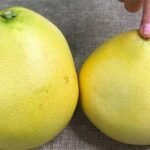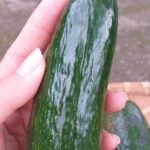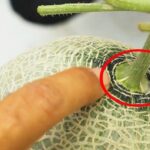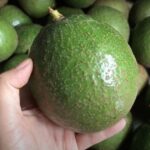With the arrival of the season, various types of pomelos are starting to flood the markets, including local varieties, Phuc Trach pomelos, green-skinned pomelos, and Doan Hung pomelos. But not everyone knows how to pick the sweetest and juiciest ones. Here are a few tips to help you choose the best pomelos:
Should you go for larger or smaller fruits?
The size of a pomelo does matter when it comes to quality. For instance, with green-skinned pomelos, a fruit weighing over 1 kilogram is considered the standard for the best quality. Smaller fruits of this variety tend to be inferior in taste and texture. However, this rule doesn’t apply to all types of pomelos. For most other varieties, it’s a good idea to consider both size and weight. If a pomelo is large but feels light, it probably has smaller segments and less flesh. Conversely, a small fruit that feels heavy for its size indicates a thin rind and potentially more juicy segments.
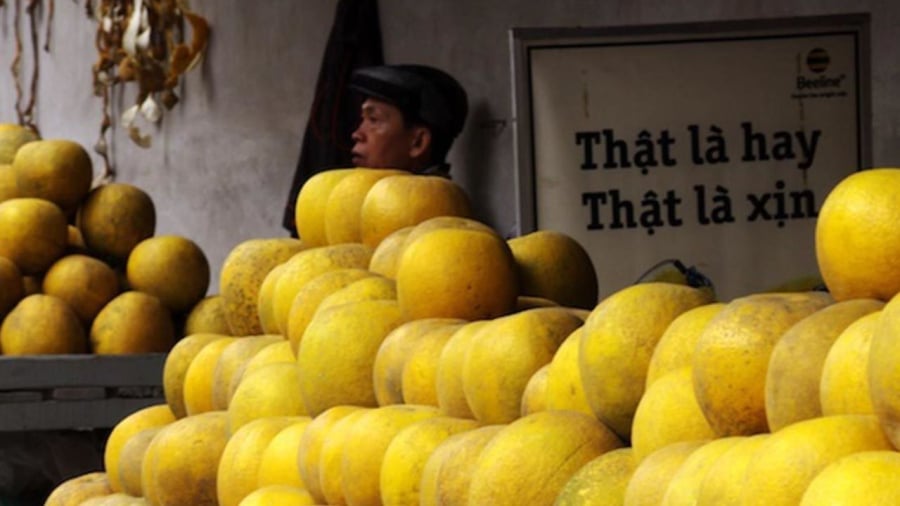
Larger fruits are often riper and tastier
Examine the navel of the pomelo
The navel of a pomelo can give you a hint about its quality. Fruits with larger, rounder, and slightly indented navels tend to be sweeter and juicier. On the other hand, pomelos with smaller navels that protrude are likely to be drier and less sweet.
Pay attention to the shape
Pomelos come in various shapes, depending on the variety. Generally, within the same variety, pomelos with a more elongated shape tend to be tastier than perfectly round ones. Look for pomelos with a pointed end and a rounded, flat base, resembling a pear shape.
Feel the weight when purchasing
A ripe and juicy pomelo will feel heavy for its size. If the fruit feels light, it may have thicker skin and less flesh. So, when buying pomelos, pick them up and compare their weights.
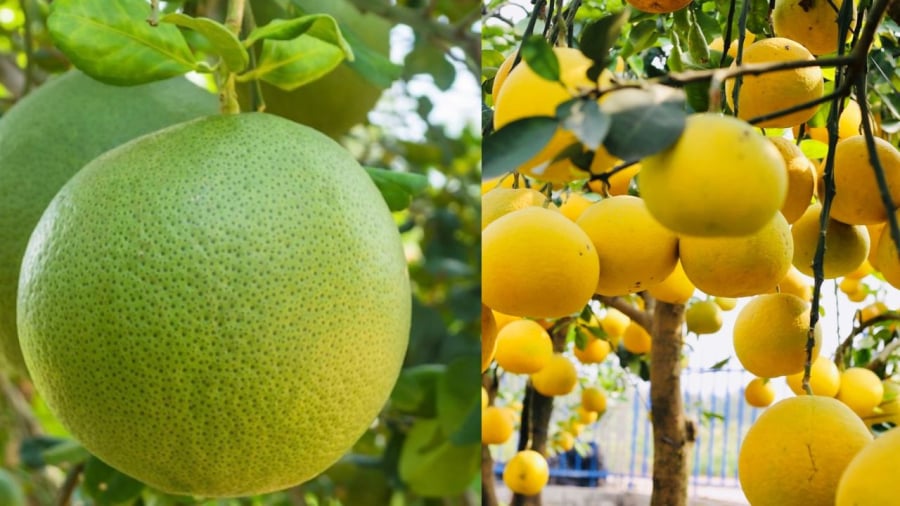
Heavier pomelos tend to be juicier
Inspect the skin and give it a gentle press
When choosing a pomelo, look for ones with sun-kissed rinds, as they tend to be sweeter. Avoid pomelos with unusual colors or marks, as these could indicate that the fruit was harvested a long time ago. Freshly cut pomelos will have vibrant rinds. Gently press the skin; if it feels soft and leaves a dent, it means the pomelo has thick skin and smaller segments. Conversely, if the skin is firm and bounces back, it indicates a ripe fruit with less pith and more delicious segments.
Additionally, check if the skin is glossy and the spines (gai) are evenly distributed. A glossy skin and evenly spaced spines indicate a ripe pomelo.
Taste Bud Bliss: The Secret to Picking the Perfect Honeydew Melon Lies in its Stem
Selecting a ripe and juicy honeydew melon is not as straightforward as choosing a watermelon – you can’t just tap it and expect accurate results. There is an art to choosing the perfect honeydew, and it certainly doesn’t involve tapping. The secret lies in a few simple techniques that will ensure you always pick the sweetest and most flavorful melon.

























